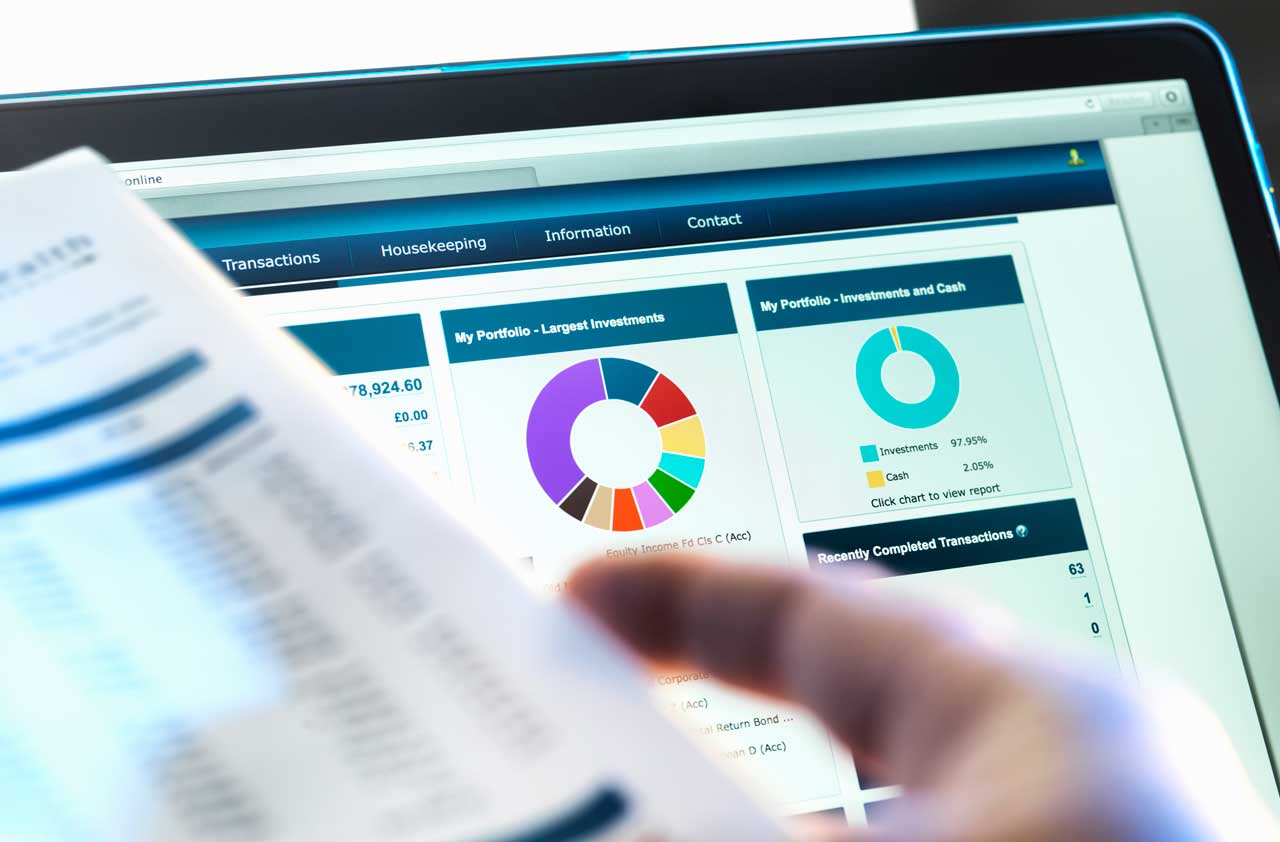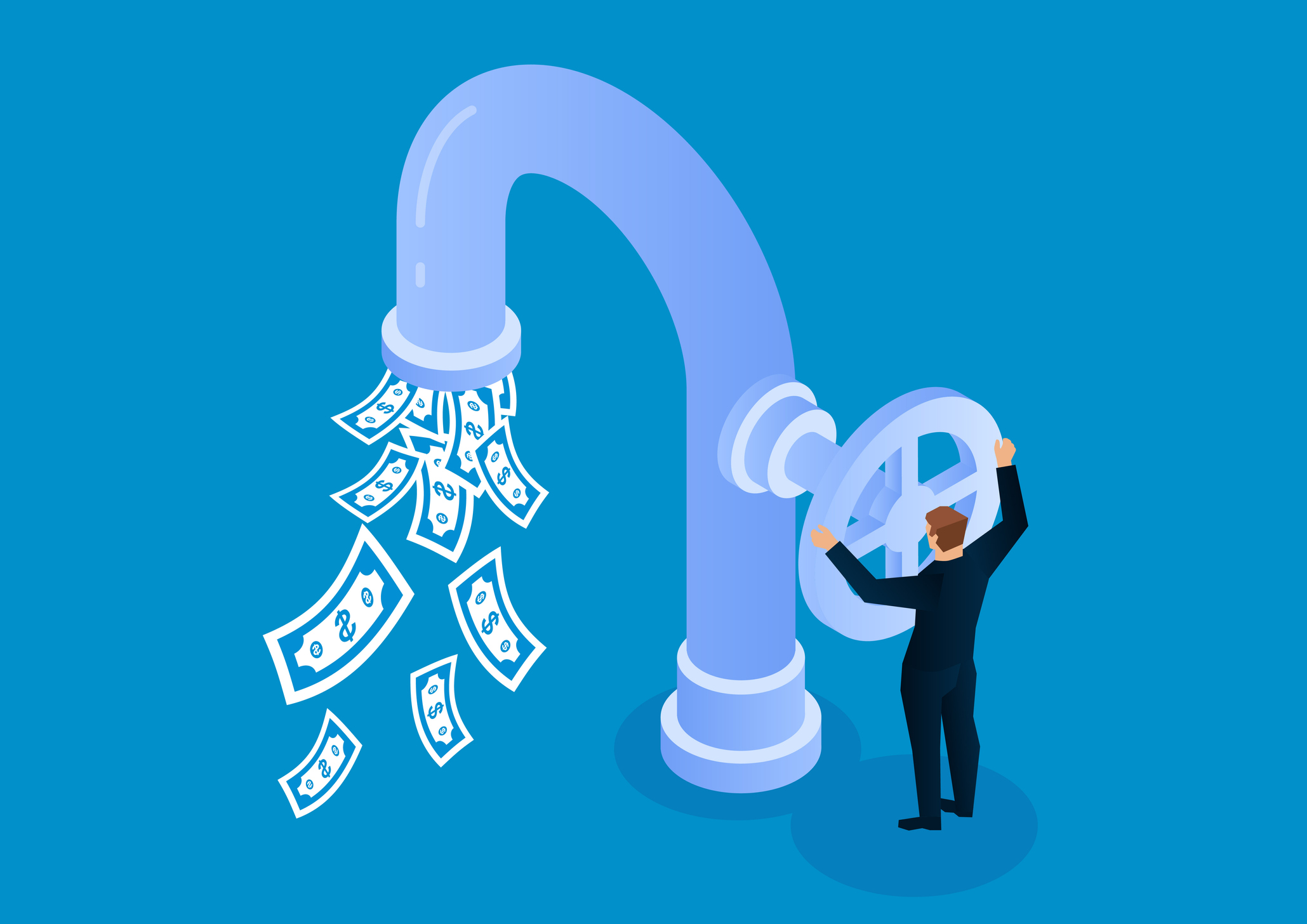The 7 Best Stock Funds for Retirement Savers in 2018
If you choose active fund management, be prepared to be a patient stock investor.


There has been a lot of talk lately to the effect that index funds are the only sensible way to invest. I’ve even come across investors who seem to confuse expense ratios with total returns, as if low fees, not profits, were the holy grail of investing. I’ve been writing about investing for about 25 years, and I’ve seen too many firms, investment styles and managers go from being the only way to invest to being the worst possible way to invest. That’s why, although I’m a fan of indexing, I also think there’s a place for active stock picking in your fund portfolio, whether you’re investing for retirement or already in retirement.
But if you want to invest in actively managed funds for the long haul, you must remember that fund managers have to differ from the market indexes to beat the indexes. Unfortunately, following a different path means that even the best funds will go through extended periods—often two or three years at a stretch—when they lag their benchmark.
The toughest call for any investor to make is whether a fund that has had two or three punk years is merely out of favor or whether it really has lost its mojo. If you’re not willing to face those hard decisions, by all means, stick with index funds. But if you’re willing to give some of the best active managers in the business a shot, consider the funds below, my seven favorite stock funds for 2018.

Sign up for Kiplinger’s Free E-Newsletters
Profit and prosper with the best of expert advice on investing, taxes, retirement, personal finance and more - straight to your e-mail.
Profit and prosper with the best of expert advice - straight to your e-mail.
In my view, American Funds is the best large, actively managed fund shop. Until recently, its funds were available only through financial advisers, but now Fidelity, Schwab and TDAmeritrade offer them through their brokerage platforms. Each fund employs several managers, and each manager is individually responsible for a portion of the portfolio. The multi-manager system has helped the funds continue to post superb results even as their assets mushroom. Each co-manager on each of the two funds below has over $1 million invested in the fund he or she co-manages.
American Funds New Perspective F-1 (symbol NPFFX) invests in the U.S. and abroad, typically with about half its assets in the U.S. The fund’s managers look for large companies logging faster-than-average earnings and revenue growth; 25% of the fund is invested in technology stocks, including top holdings Amazon (AMZN), Facebook (FB) and Microsoft (MSFT).
The fund has been a terrific performer, topping the MSCI All-Country World index by an average of about six and two percentage points over the past five and 15 years, respectively. It has outpaced the average world stock fund in nine of the past 10 years.
Seven managers steer this fund, each with at least 25 years’ experience as an investment professional. The $77 billion fund’s expenses are 0.84% annually. (All returns in this article are through November 28 unless otherwise indicated.)
American Funds New World F-1 (NWFFX) is the best way to invest in emerging markets. It takes a cautious approach: Roughly half of the fund’s assets are invested in multinational companies in developed markets that do lots of business in emerging markets. That makes the ride much smoother than with other emerging-markets funds. Over the past 10 years, New World has been 21% less volatile than the MSCI Emerging Markets index.
Returns have been superb. From 2010 through 2015, when the MSCI Emerging Markets index lost an annualized 1.2%, New World returned an annualized 3.1%. But you can expect the fund to lag when emerging markets are on fire, as they have been lately. From the start of 2016 through November 28, New World has trailed the index by six percentage points to an annualized 18%. Expenses are 1.03% annually.
Dodge & Cox Stock (DODGX), a long-standing member of the Kiplinger 25, our favorite no-load mutual funds, is a patient fund. Analysts and portfolio managers look for stocks of large, high-quality companies that are trading at discounts to what they consider to be fair value. Once they buy a stock, it typically stays in the fund at least five years. The fund currently has big stakes in financials, health care and technology.
If you were to look only at returns for the past five years, you’d see that Dodge & Cox has been a standout, beating 98% of competing funds that invest in bargain-priced, large-company stocks. What you’d miss is that Dodge & Cox did terribly during the financial crisis in 2007 and 2008, and it badly lagged the market in 2011—periods when unloved, value-oriented stocks, especially financials, were hammered the hardest.
With low annual expenses of 0.52% and a talented team of analysts and portfolio managers, this is a first-rate fund. But you’ll need strong nerves to stick with it during hard times.
I’ve been writing about the Grandeur Peak funds since 2012, and my confidence in the funds has only grown over time. Their secret sauce: Start with skilled managers. Use a proven system. Pick a relatively ignored corner of the markets. Don’t let funds grow too big.
Grandeur Peak is essentially an offshoot of the Wasatch funds. Fully half of the firm’s 24 analysts once worked at Wasatch. They scour the world for attractive small- and midsize-company stocks using methods not dissimilar from those of Wasatch. And they close funds before assets become unwieldy.
The two funds with the longest records, Grandeur Peak International Opportunities (GPIOX) and Grandeur Peak Global Opportunities (GPGIX), returned an annualized 15.7% and 16.5%, respectively, since their inception in late 2011. International Opportunities topped the MSCI All-Country World ex-USA SMID index by an average of 6.7 percentage points annually. Global Opportunities beat its benchmark, the MSCI All-Country World SMID index, by an average of 4.4 percentage points per year.
Of Grandeur Peak’s seven funds, only two are open. They are Grandeur Peak Global Stalwarts (GGSOX) and Grandeur Peak International Stalwarts (GISOX). Both invest mainly in midsize-company stocks, and tend toward more muted returns compared with Grandeur’s small-company offerings. But both funds are keepers. Expenses, unfortunately, are quite high—1.27% for International Stalwarts and 1.35% for Global Stalwarts. But I think the funds are worth it.
Vanguard Primecap fund was launched by three managers who left American Funds in the mid 1980s. The Vanguard fund has been closed to new investors for years, but Primecap Odyssey Growth (POGRX), another Kiplinger 25 member, is still open. It uses the same multi-manager system that American Funds does with its funds. Expenses are 0.66% annually—higher than for Vanguard Primecap, but still attractive.
Returns have been fantastic. Odyssey Growth has topped peers investing in large-company, growth-oriented stocks in nine of the past 10 years, including 2017. During that stretch, the fund has returned an annualized 11.1%—beating Standard & Poor’s 500-stock index by an average of 2.8 percentage points per year.
The fund managers almost never talk to the media, so one can only speculate as to their methodology. But the firm seems to have special insights into technology and health care stocks, each of which account for more than 30% of fund assets.
For a less risky vehicle, consider Primecap Odyssey Stock (POSKX). It will lag Growth in hot markets but hold up better during sell-offs.
Steven Goldberg is an investment adviser in the Washington, D.C., area.
Get Kiplinger Today newsletter — free
Profit and prosper with the best of Kiplinger's advice on investing, taxes, retirement, personal finance and much more. Delivered daily. Enter your email in the box and click Sign Me Up.

-
 The AI Doctor Coming to Read Your Test Results
The AI Doctor Coming to Read Your Test ResultsThe Kiplinger Letter There’s big opportunity for AI tools that analyze CAT scans, MRIs and other medical images. But there are also big challenges that human clinicians and tech companies will have to overcome.
By John Miley Published
-
 The Best Places for LGBTQ People to Retire Abroad
The Best Places for LGBTQ People to Retire AbroadLGBTQ people can safely retire abroad, but they must know a country’s laws and level of support — going beyond the usual retirement considerations.
By Drew Limsky Published
-
 How Inflation, Deflation and Other 'Flations' Impact Your Stock Portfolio
How Inflation, Deflation and Other 'Flations' Impact Your Stock PortfolioThere are five different types of "flations" that not only impact the economy, but also your investment returns. Here's how to adjust your portfolio for each one.
By Kim Clark Published
-
 Kiplinger's Economic Calendar for This Week (April 14-April 18)
Kiplinger's Economic Calendar for This Week (April 14-April 18)This week's economic calendar features four Fed speakers and is highlighted by retail sales data and an unusually interesting weekly jobless claims update.
By Karee Venema Last updated
-
 Why I Still Won't Buy Gold: Glassman
Why I Still Won't Buy Gold: GlassmanOne reason I won't buy gold is because while stocks rise briskly over time – not every month or year, but certainly every decade – gold does not.
By James K. Glassman Published
-
 Should You Use a 25x4 Portfolio Allocation?
Should You Use a 25x4 Portfolio Allocation?The 25x4 portfolio is supposed to be the new 60/40. Should you bite?
By Nellie S. Huang Published
-
 Retirement Income Funds to Keep Cash Flowing In Your Golden Years
Retirement Income Funds to Keep Cash Flowing In Your Golden YearsRetirement income funds are aimed to engineer a steady payout of cash for retirees. Here are a few we like.
By Nellie S. Huang Last updated
-
 10 2024 Stock Picks From An Investing Expert
10 2024 Stock Picks From An Investing ExpertThese 2024 stock picks have the potential to beat the market over the next 12 months.
By James K. Glassman Published
-
 Special Dividends Are On The Rise — Here's What to Know About Them
Special Dividends Are On The Rise — Here's What to Know About ThemMore companies are paying out special dividends this year. Here's what that means.
By Kim Clark Published
-
 How to Invest in AI
How to Invest in AIInvestors wanting to know how to invest in AI should consider these companies that stand to benefit from the boom.
By Kim Clark Published